Martha Gellhorn: The only woman present on D-Day
- By Amy Dickey
Share This Article
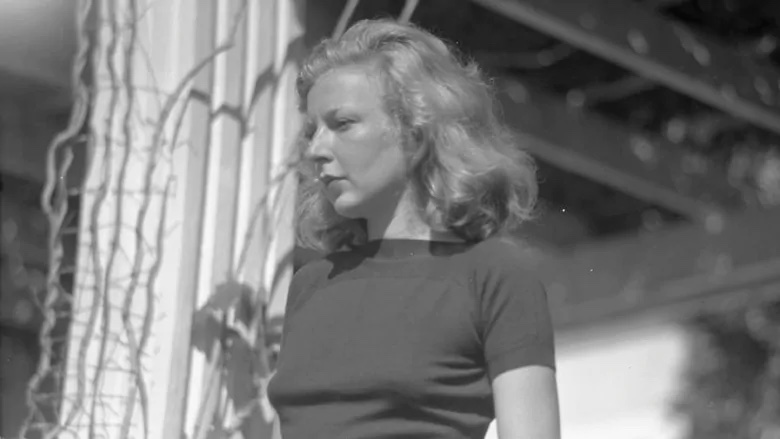
War correspondents are an integral part of the way global conflicts are captured and conveyed. They report firsthand what’s happening on the front lines, and choose to accept the potential dangers that come along with the job. Journalists have been held hostage and killed trying to get their story. While, historically, the majority of journalists in these positions have been men, women like Martha Gellhorn prove that the only real prerequisite for the job (aside from the writing chops) is the willingness to risk everything you’ve got.
At 19, Martha Gellhorn had already dropped out of the all-women Bryn Mawr College in Pennsylvania to pursue a career in journalism. Her first published works would appear in the political commentary magazine The New Republic. By 1930, she had her sights set on being a foreign correspondent. She went to France, where she spent several years working at the United Press Bureau, traveling around Europe and covering fashion for Vogue. Her first novel What Mad Pursuit was published in 1934. It was met with general disinterest; criticism purportedly centered around her lack of experience in fiction writing.
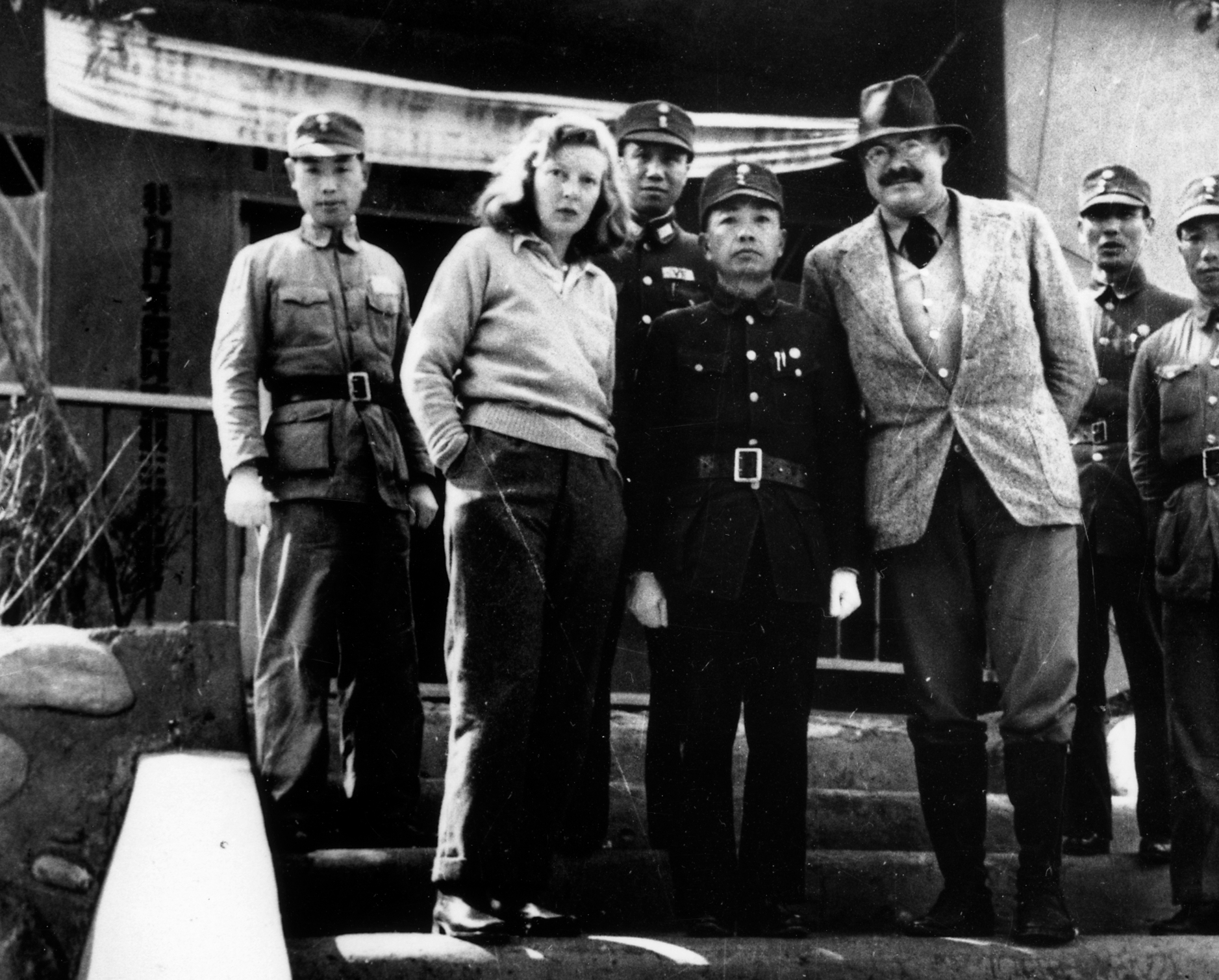
Upon her return to the U.S., she would find work with then-First Lady Eleanor Roosevelt. For some time she was a resident of the White House working as a field investigator for President Roosevelt’s Federal Emergency Relief Administration (FERA) by day, and helping the first lady with her column in Women’s Home Companion by night. Her work with Roosevelt’s FERA – which saw her team up with photographer Dorothea Lange – was unprecedented at the time. Lange and Gellhorn were given permission to investigate and report on topics not typically assigned to women.
It was in 1936 that Gellhorn would first meet author Ernest Hemingway, and when she was hired to cover the Spanish Civil War by Collier’s Weekly, the two traveled to Spain together. They would live and travel together on and off for four years, before marrying in 1940. While Hemingway admired her drive, there was contention and competition between them, and he often expressed his distaste for her inclination to dangerous situations. It was this trait that would ultimately make her the only woman to be present at Normandy on D-Day.
Relate: Pippa Latour: The WWII spy turned humble hero
While there was a small number of women serving as correspondents and photographers throughout Europe in 1944, they were prohibited from following troops on the front lines. Gellhorn resented the unnecessary prevention, even writing a letter to military authorities voicing her displeasure:
“It is necessary that I report on this war. I do not feel there is any need to beg as a favour for the right to serve as the eyes for millions of people in America who are desperately in need of seeing, but cannot see for themselves.”
The night before the Allied ships left for Normandy, Gellhorn’s credentials allowed her to board a hospital ship, to interview nurses. Once aboard, she weighed the risk of being caught with the possibility of seeing the invasion firsthand. If caught, she would likely be sent back to America, and lose whatever foreign press credentials she had. Accepting the potential outcome, she decided to hide in one of the ship’s bathrooms as the Allies departed for France.
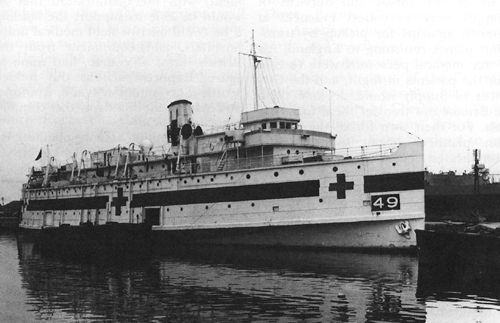
After the troops had landed and the chaos and violence had subsided, Gellhorn snuck ashore alongside the medics as a stretcher-bearer. She was the only woman there that day. The next group of women, who were members of the U.S. Women’s Army Corps, did not arrive in Normandy for another 38 days. Bearing witness to the resulting death and destruction, and as the wounded were being collected, she began to process the surroundings. She would later write for Collier’s:
“Everyone was violently busy on that crowded, dangerous shore. The pebbles were the size of apples and feet deep, and we stumbled up a road that a huge road shovel was scooping out. We walked with the utmost care between the narrowly placed white tape lines that marked the mine-cleared path, and headed for a tent marked with a red cross … Everyone agreed that the beach was a stinker, and that it would be a great pleasure to get the hell out of here sometime.”
She would also go on to be one of the first correspondents at the Allied liberation of Dachau, capturing in words the sight of skeleton-filled mass graves.
“They have no age and no faces; they all look alike and like nothing you will ever see if you are lucky,” she wrote after visiting the concentration camp.
Related: Letters to Loretta: The American prisoners are marched out of the Nazi POW camp as Soviets approach

While many tend to link her and Hemingway together in a profoundly meaningful way that often overshadows her own story, their tumultuous relationship is probably one of the least interesting things about either one of them.
Gellhorn procured a legacy of groundbreaking journalism throughout her entire life, continuing to work into her 80s, covering the U.S. invasion of Panama in 1989. During this time her health began to pose challenges, and her last reporting endeavor came in 1995, with a trip to Brazil to shine a light on the poverty the country faced. This final work was particularly taxing on her, with her vision so impaired due to cataract that she could not even read her own typewritten drafts.
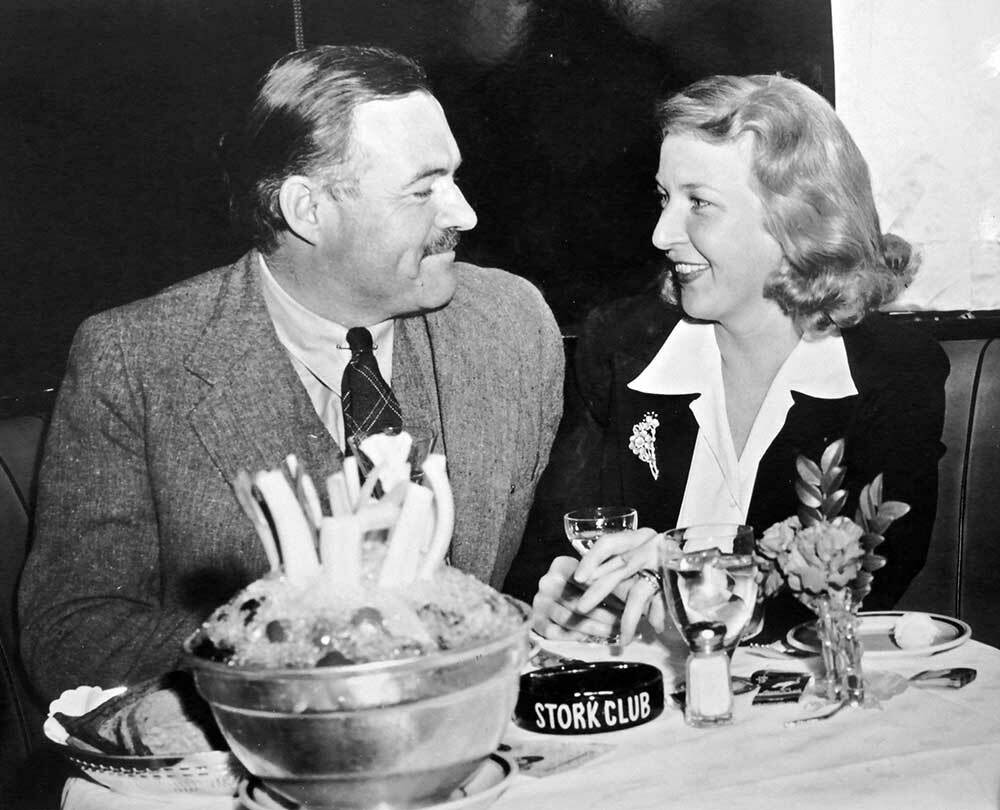
Just three years later, in February of 1998, with failed vision and ovarian cancer that had spread to her liver, Martha Gellhorn committed suicide by taking a cyanide capsule. The following year, the Martha Gellhorn Prize for Journalism was created, which is given annually to journalists whose writing has “penetrated the established version of events and told an unpalatable truth that exposes establishment propaganda, or ‘official drivel,’ as Martha Gellhorn called it.”
She lived her life as fully as she possibly could, and on her own terms as often as possible. To live a life dedicated to sharing experiences and events that may otherwise be left unknown is a noble cause.
”I’m overprivileged. I’ve had a wonderful life. I didn’t deserve it but I’ve had it.”
Editor’s Note: This article was originally published in September 2021. It has been edited for republication.
Read more from Sandboxx News
Related Posts
Sandboxx News Merch
-

‘AirPower’ Classic Hoodie
$46.00 – $48.00 Select options This product has multiple variants. The options may be chosen on the product page -

‘Sandboxx News’ Trucker Cap
$27.00 Select options This product has multiple variants. The options may be chosen on the product page -

‘Kinetic Diplomacy’ Bumper Sticker (Black)
$8.00 Add to cart
Amy Dickey
Amy is a military spouse, mother of two and counseling intern at a substance abuse clinic. She is currently working towards her Master's degree in Mental Health & Wellness Counseling from New York University, and has obtained a Bachelors degree in Human Services from Southern New Hampshire University.
Related to: Military History
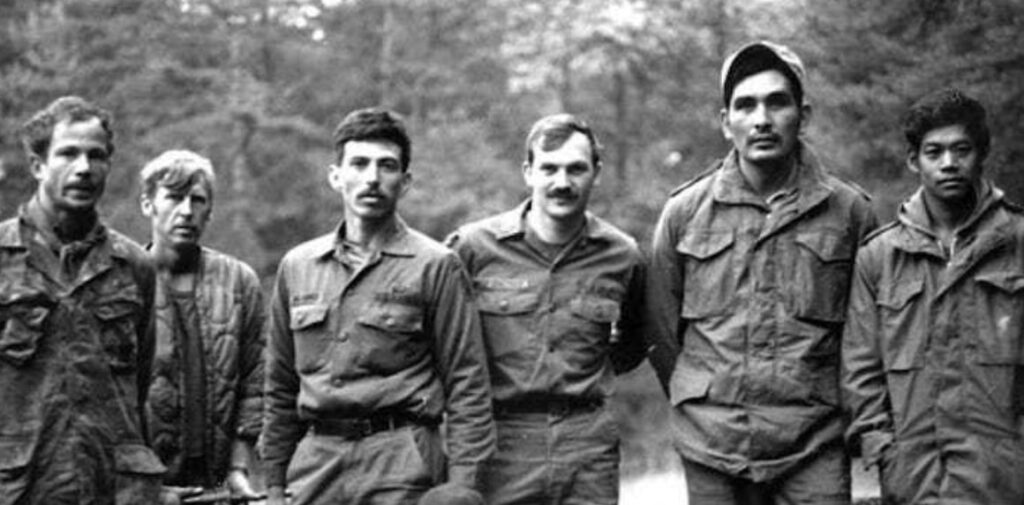
Delta Force Assessment and Selection: Spending nights at base camps

The US Navy is forced to wait on its new flagship frigate

Apophis: Are we prepared to defeat Earth’s greatest planetary threat?
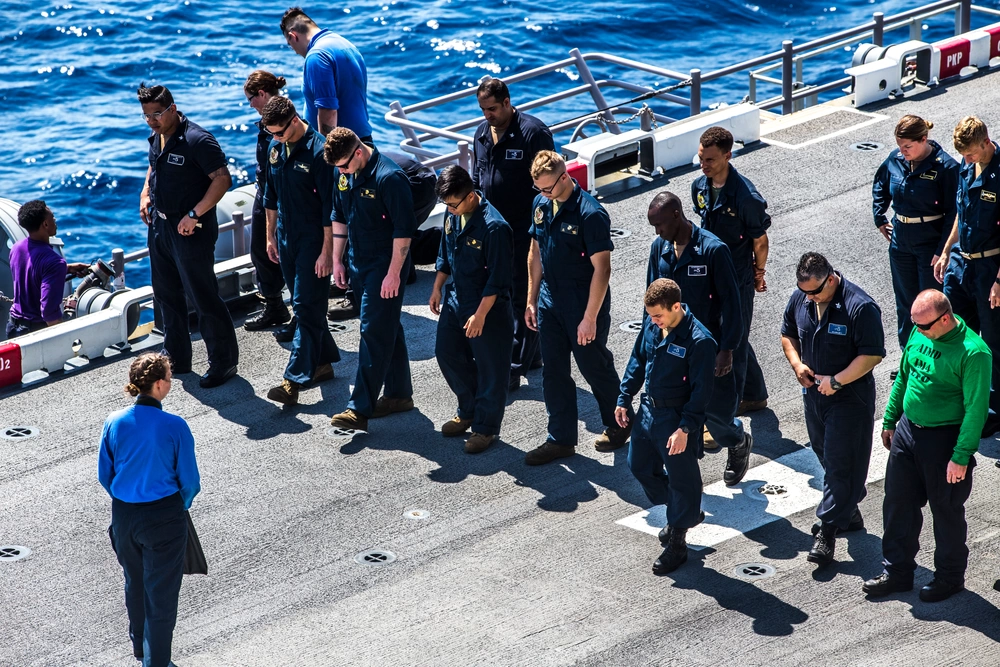
Do sailors have a future in the US Navy? No, according to former Army general
Sandboxx News
-

‘Sandboxx News’ Trucker Cap
$27.00 Select options This product has multiple variants. The options may be chosen on the product page -

‘AirPower’ Classic Hoodie
$46.00 – $48.00 Select options This product has multiple variants. The options may be chosen on the product page -

‘AirPower’ Golf Rope Hat
$31.00 Select options This product has multiple variants. The options may be chosen on the product page -

‘Sandboxx News’ Dad Hat
$27.00 Select options This product has multiple variants. The options may be chosen on the product page
